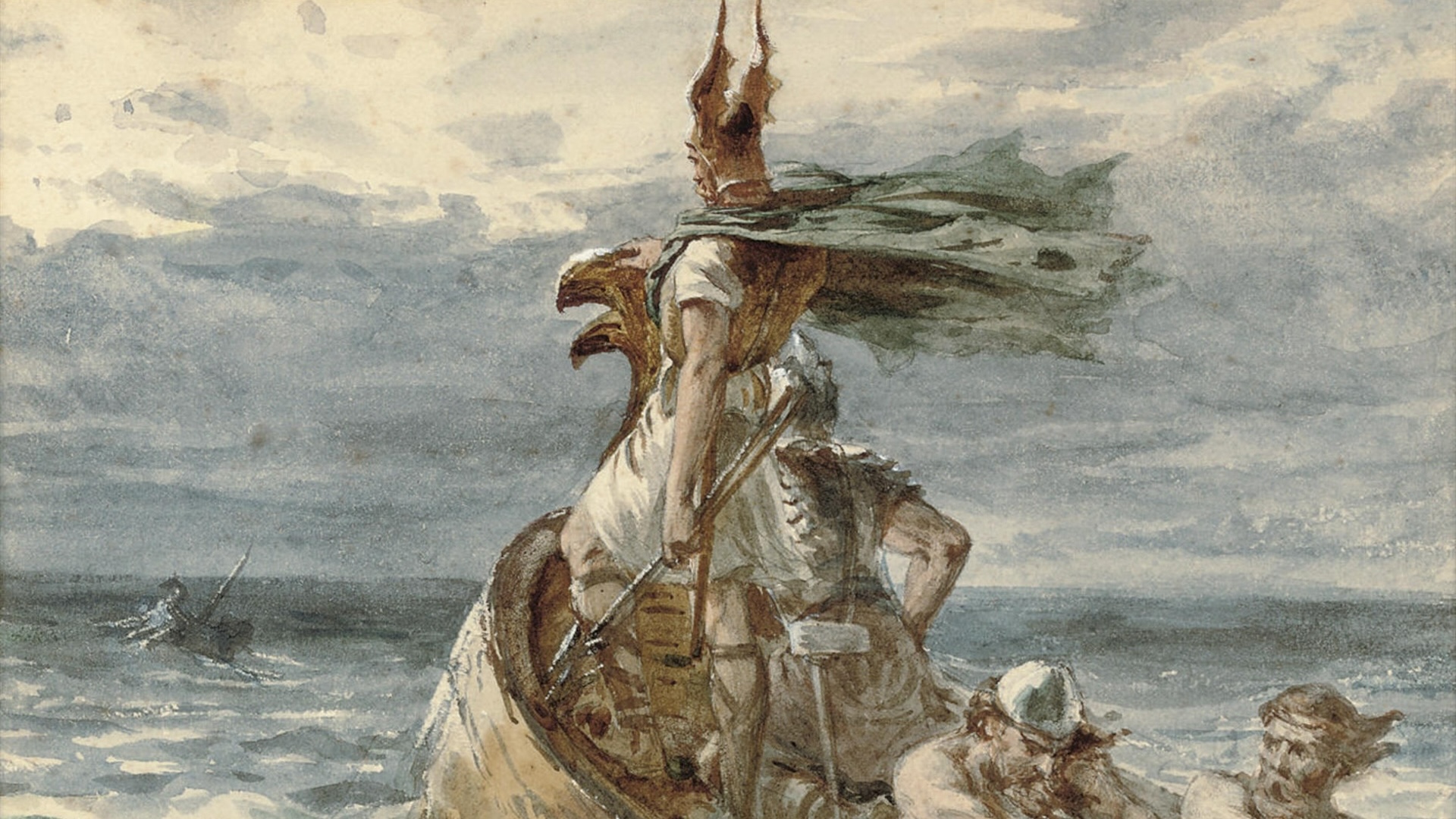
Obama's Ears Inspired the Name of this 550-Million-Year-Old Critter

The ears of former U.S. President Barack Obama are so distinct, they inspired the scientific name of a newly identified, 550-million-year-old critter: Obamus coronatus.
Researchers unearthed fossils of theenigmatic organism in South Australia. In a new study, they described the circular, wreath-shaped creature as having raised, spiraled grooves that turned clockwise.
During O. coronatus' lifetime, in the Ediacara, a period lasting from about 635 million to 542 million years ago, the creature likely lived at the bottom of the ocean floor. There, the marine animal probably lived an immobile life, embedded to the ocean mat — a thick layer of organic matter that covered the early ocean floor, the researchers said. [11 Animals Named After US Presidents]
The O. coronatus fossils weren't found in just one location. The researchers found 36 of the O. coronatus specimens in the Nilpena National Heritage Site, a region known for its Ediacara fossils. The scientists also found several "orphan" specimens on their lonesome in two other spots in the Ediacara Conservation Park.
O. coronatus was a soft-bodied critter, but extraordinary circumstances allowed it to become preserved. It appears that "storm events deposited sand on top of the Ediacara biota and the microbial mat that covered the seafloor," creating favorable conditions for fossilization, the researchers wrote in the study.

Although the large size of Obama's ears is often exaggerated in political cartoons, O.coronatus is quite small, with an outer diameter of from 0.2 inches to 0.7 inches (0.5 to 2 centimeters). The researchers named the organism for the former president in honor of "his passion for science and the likeness of [this] fossil morphology to his ears."
The species name, coronatus, is Latin for "wreath," which is what the creatures' spiraling structure looks like, the researchers said. However, they noted that O.coronatus has "no true preserved symmetry," unlike most animals alive today.
Sign up for the Live Science daily newsletter now
Get the world’s most fascinating discoveries delivered straight to your inbox.
Other animals named after Obama include the coral-reef fish Tosanoides obama, the lichen Caloplaca obamae, the parasitic flatworm Baracktrema obamai and the trapdoor spider Aptostichus barackobamai.
Meanwhile, President Donald Trump has animals named after him, too, including Neopalpa donaldtrumpi, a threatened moth whose yellow-and-white crown resembles the 45th president's hair. And the flannel moth caterpillar (Megalopyge opercularis) has the nickname Trumpapillar, again because it looks like Trump's coifed mop.
The new study was published online June 14 in the Australian Journal of Earth Sciences.
Original article on Live Science.

Laura is the archaeology and Life's Little Mysteries editor at Live Science. She also reports on general science, including paleontology. Her work has appeared in The New York Times, Scholastic, Popular Science and Spectrum, a site on autism research. She has won multiple awards from the Society of Professional Journalists and the Washington Newspaper Publishers Association for her reporting at a weekly newspaper near Seattle. Laura holds a bachelor's degree in English literature and psychology from Washington University in St. Louis and a master's degree in science writing from NYU.










